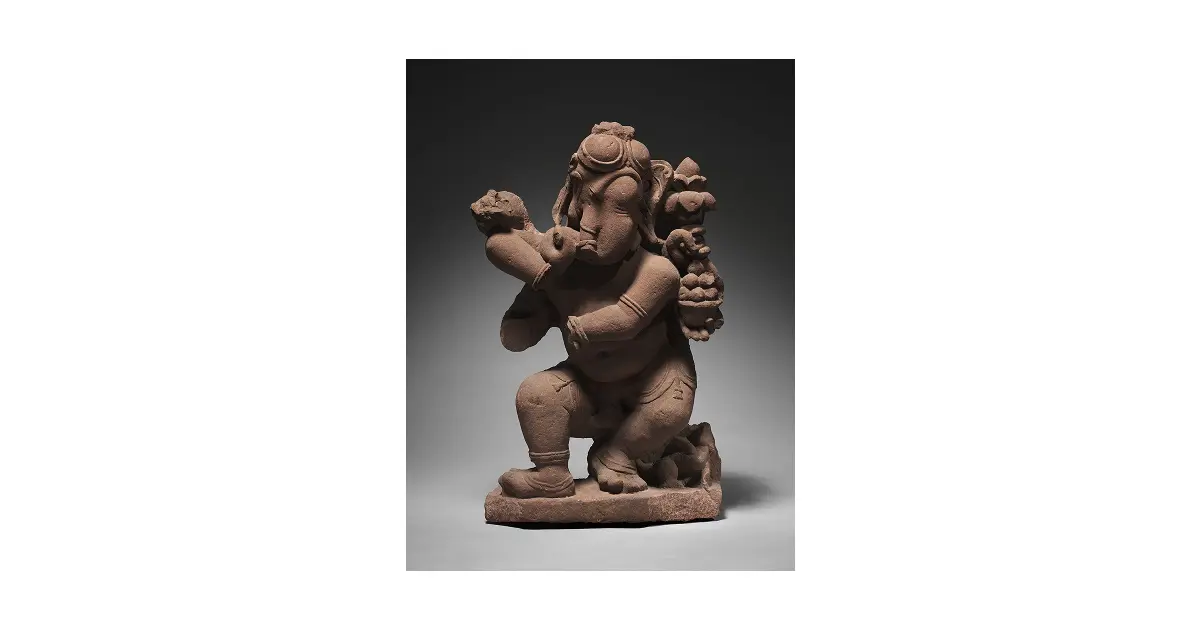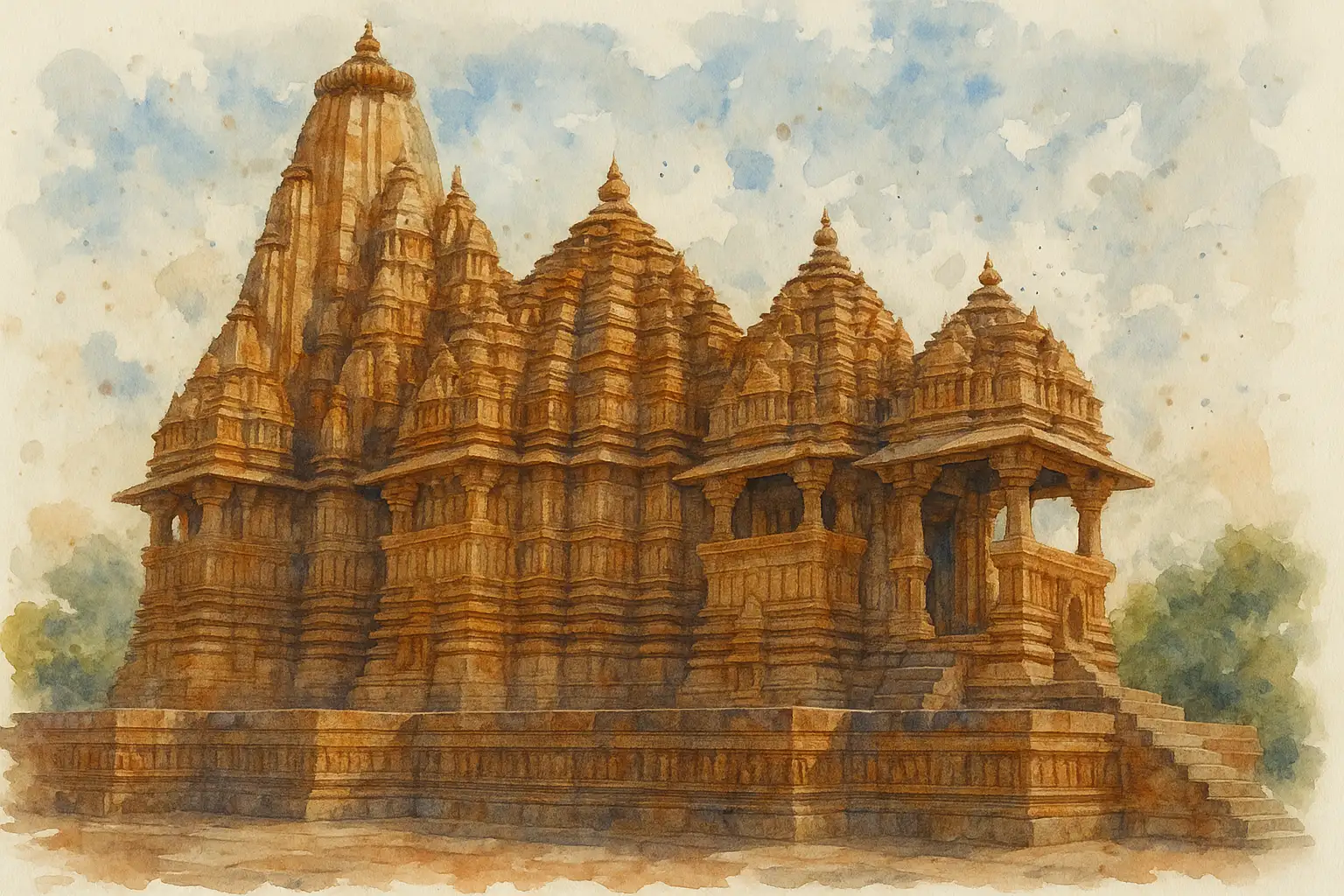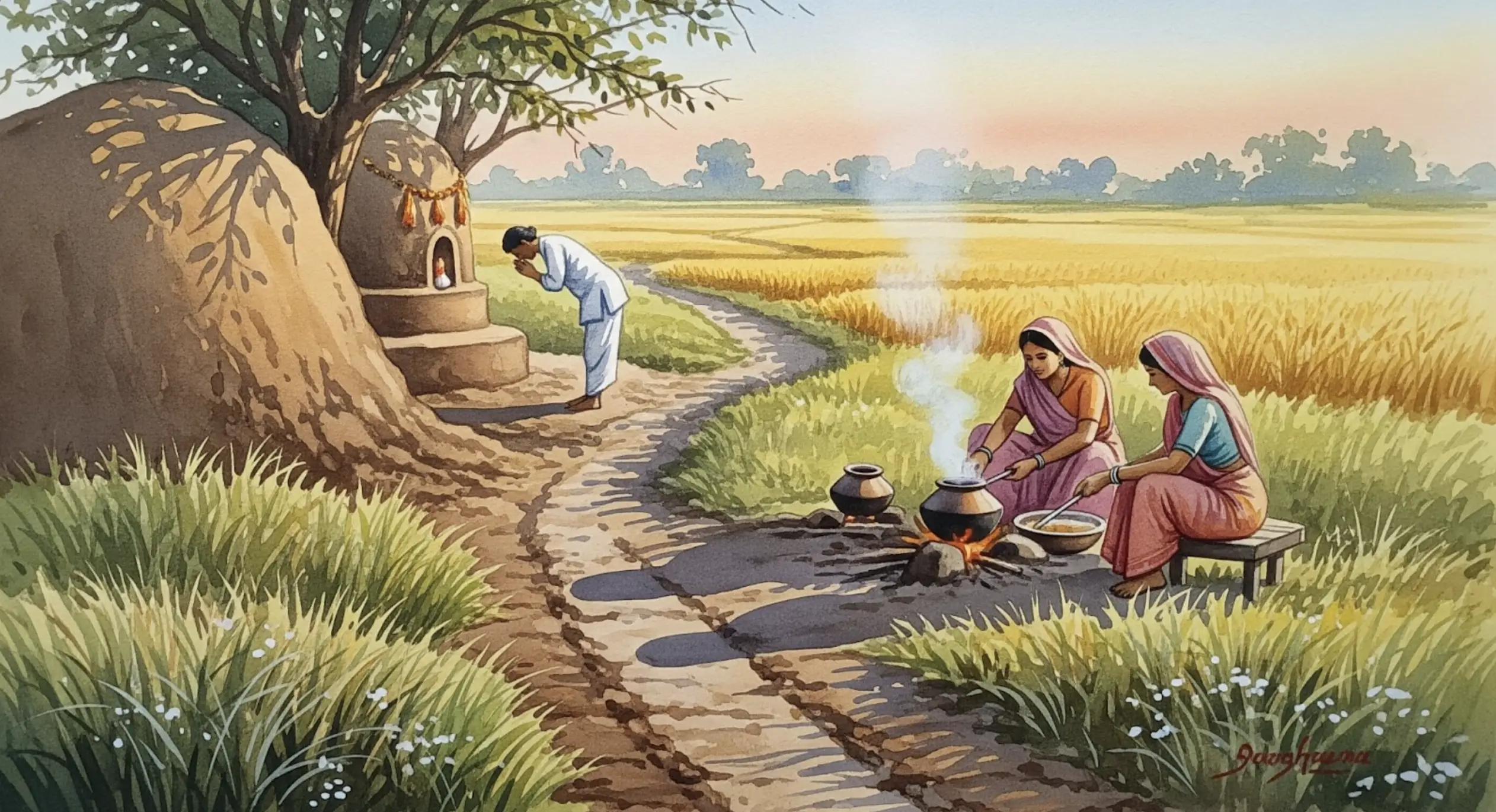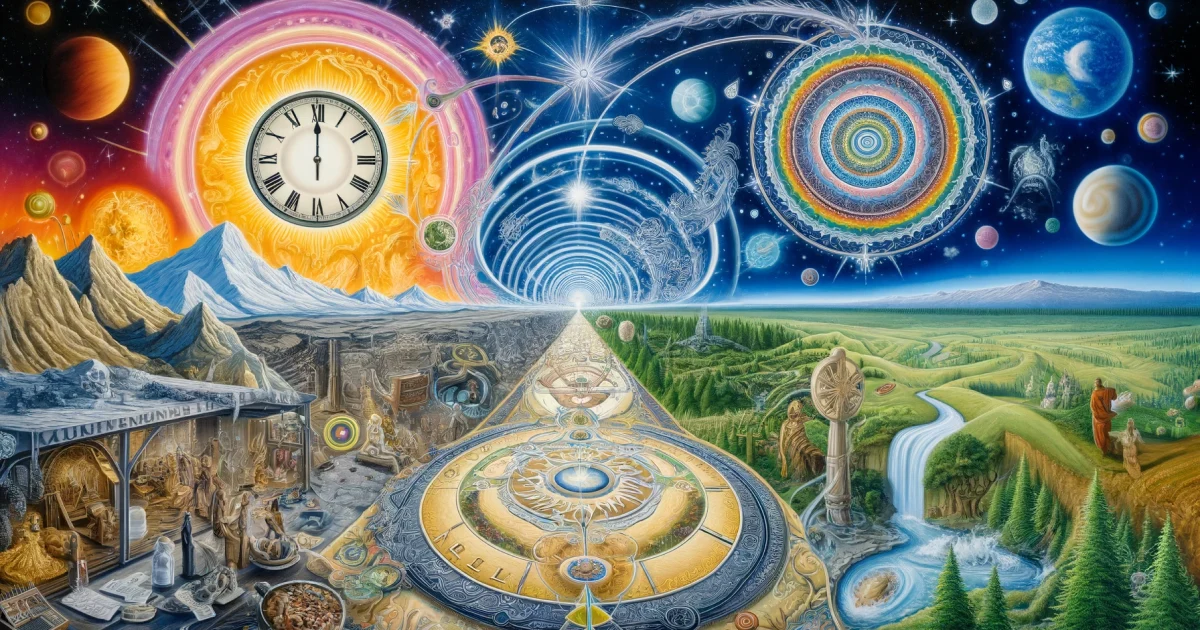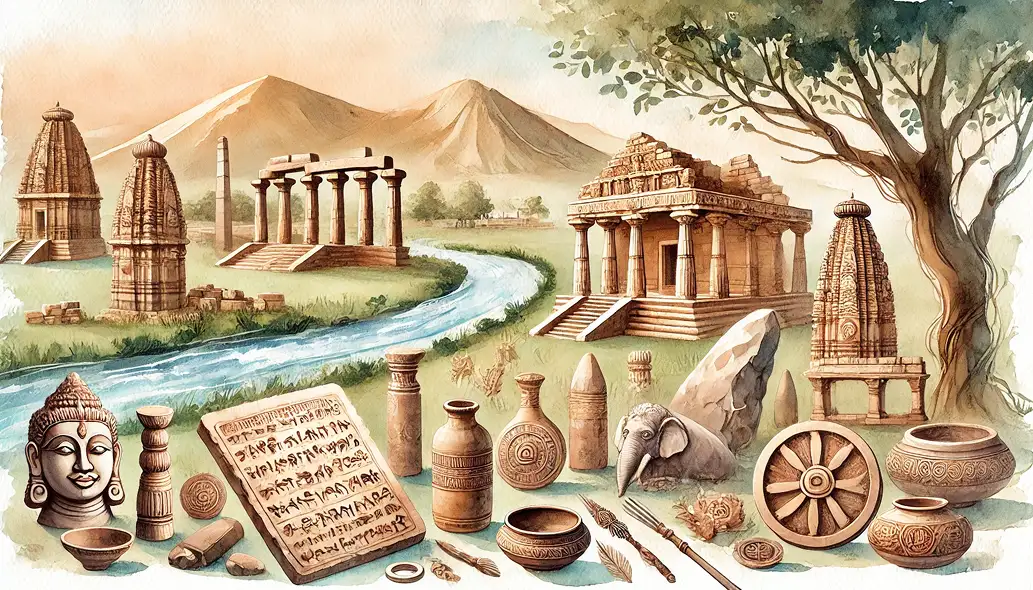The pursuit of art in the Hindu tradition — whether the creation of art by a śilpi or a citrakāra or the experience of art by a bhakta or rasikā — has never been a mere superficial indulgence in aesthetics. Rather, it has always been an endeavor to realise the ineffable, striving towards the comprehension of not only the artist's vision but also the eternal, art being a legitimate path towards self-realization. Aesthetics, in the mārgīya or classical Hindu tradition is the domain of the supra-rational aesthetic soul, which seeks beauty, since to find the highest beauty is to find God. True art transcends the limitations imposed by the intellect and reason; its beauty and harmony can only be seized through vision, not through a rational analysis. The highest expressions of art and beauty, in this view, surpass rationality and lead the beholder to an intuitive comprehension of the divine. Art, therefore, is an instrument of transcendence, an unbroken Advaitic chain that connects the creator, the creation, and the aesthete in an intricate dance of self-discovery. The very essence of art is not in its visual appeal alone, but in the way it leads the seeker to a profound knowledge of the self, echoing the spirit of Vedanta where true knowledge is but self-knowledge.
